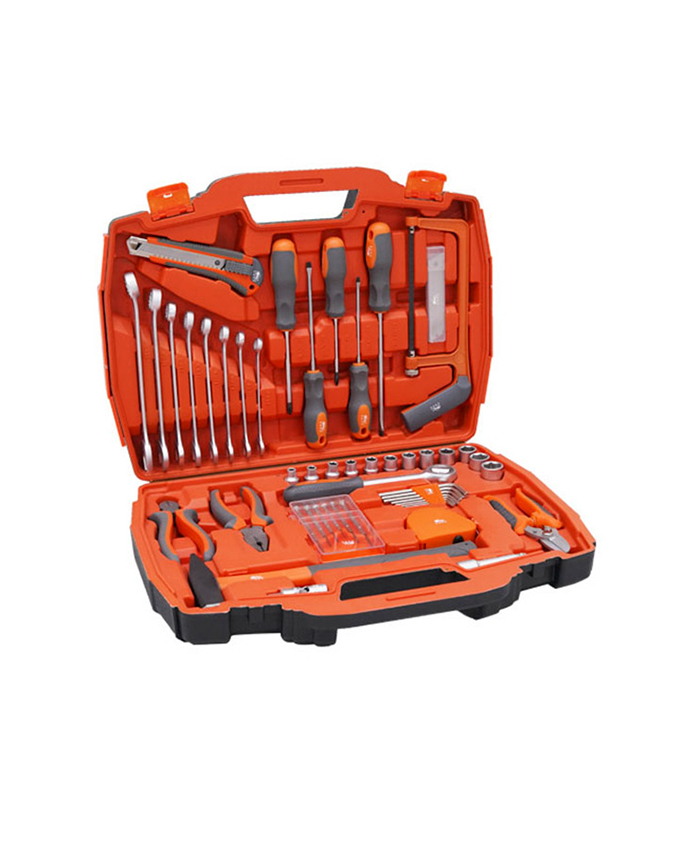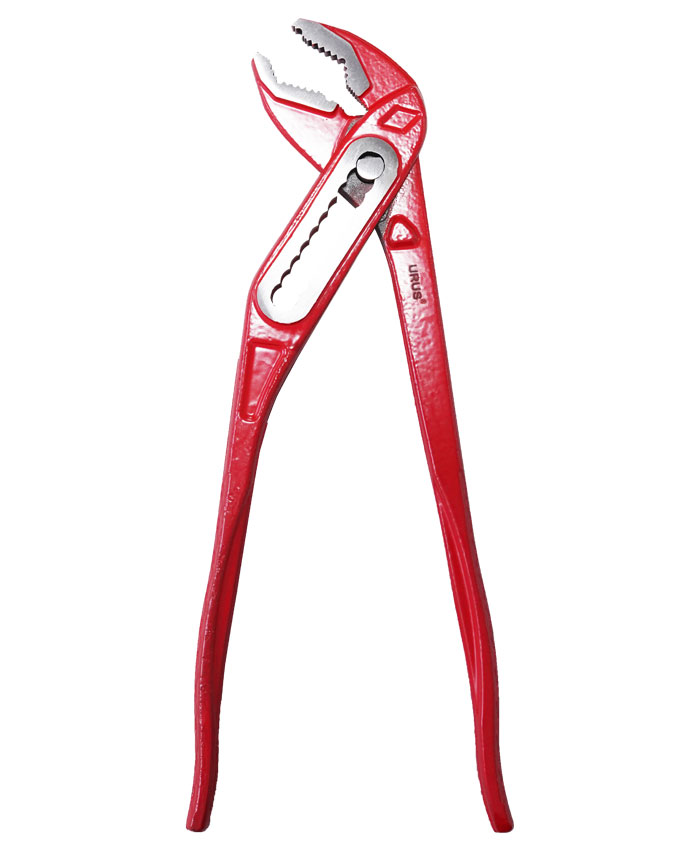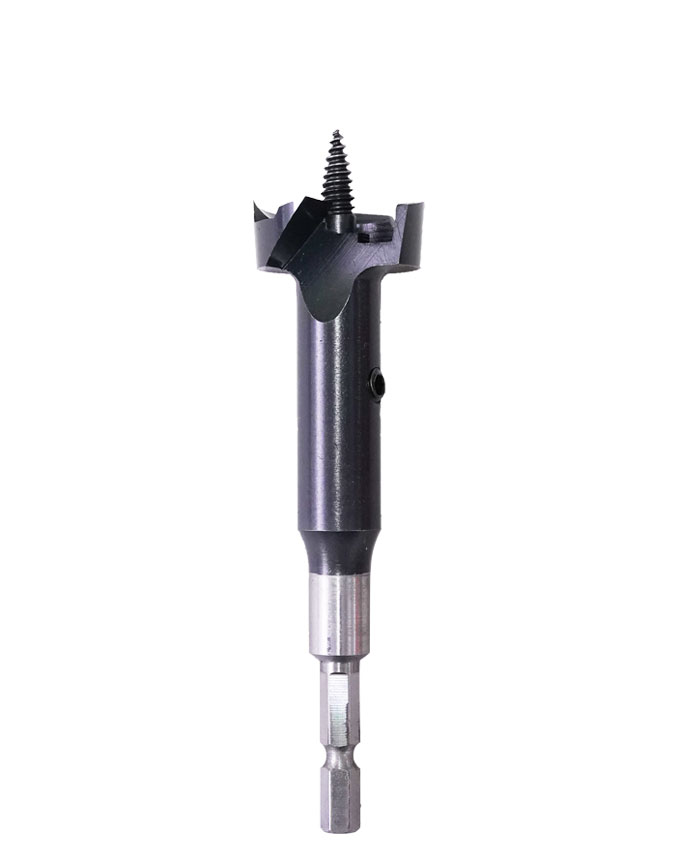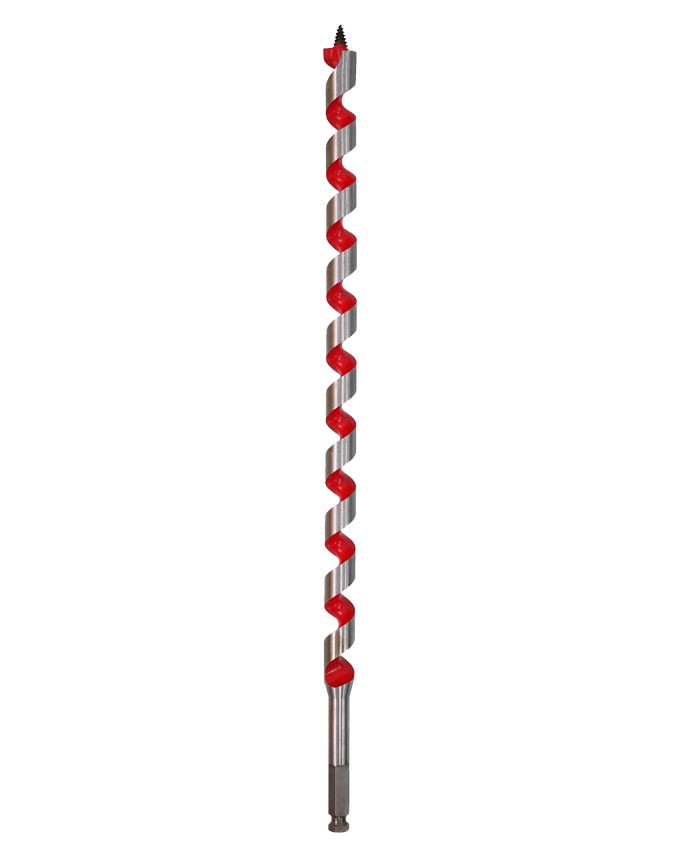

1. Transportation When transporting drill pipes to the […]
1. Transportation
When transporting drill pipes to the well site, it is recommended to use a flatbed trailer with wooden planks, and the drill pipes should be placed on the trailer equally and neatly. For the transportation of a small amount of drill pipes, consider binding and fixing.
When loading and unloading all drill pipes (new or used), you should wear the protective wire before loading and unloading. The protective wire is clean and in good condition.
For long-distance drill pipes, it is recommended to use wooden spacers between stacked layers of drill pipes to prevent point load or crush damage.
The shipping weight must not exceed the vehicle's regulations, otherwise it will not be transported to the destination if it is slightly dangerous, and it will be unloaded and reloaded.
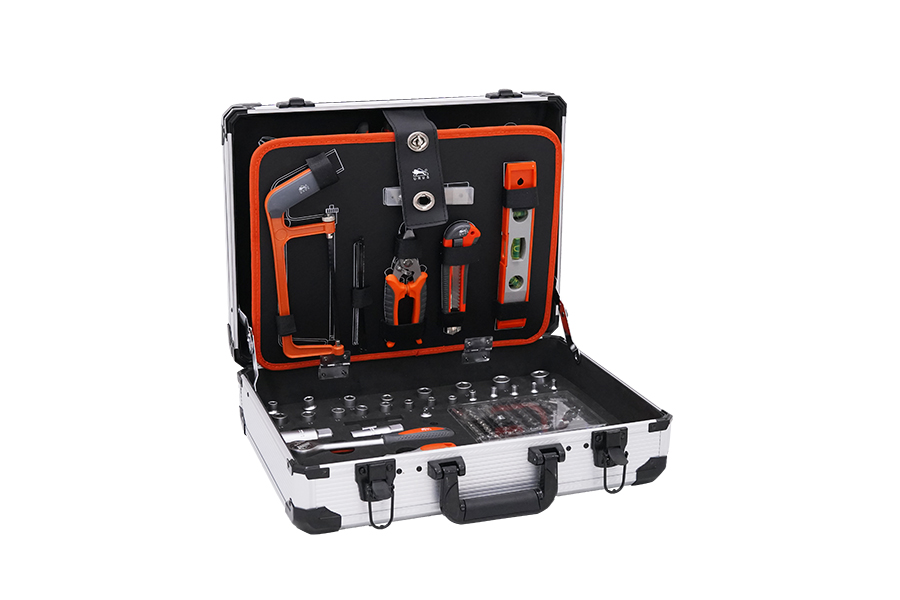
Two, loading and unloading
Before loading, make sure that the sheath is tightened intact.
If you use a crane wire rope to load and unload the drill pipe, do not directly bind the drill pipe at one end; if you use a pipe grabber or forklift to load and unload the drill pipe, avoid collisions during the loading and unloading process.
When loading the car, do not mix the male and female connectors together.
Avoid rough loading and unloading, as this may throw the drill pipe out of the pit. The out-of-round drill rod will greatly reduce the collapse strength of the drill rod.
